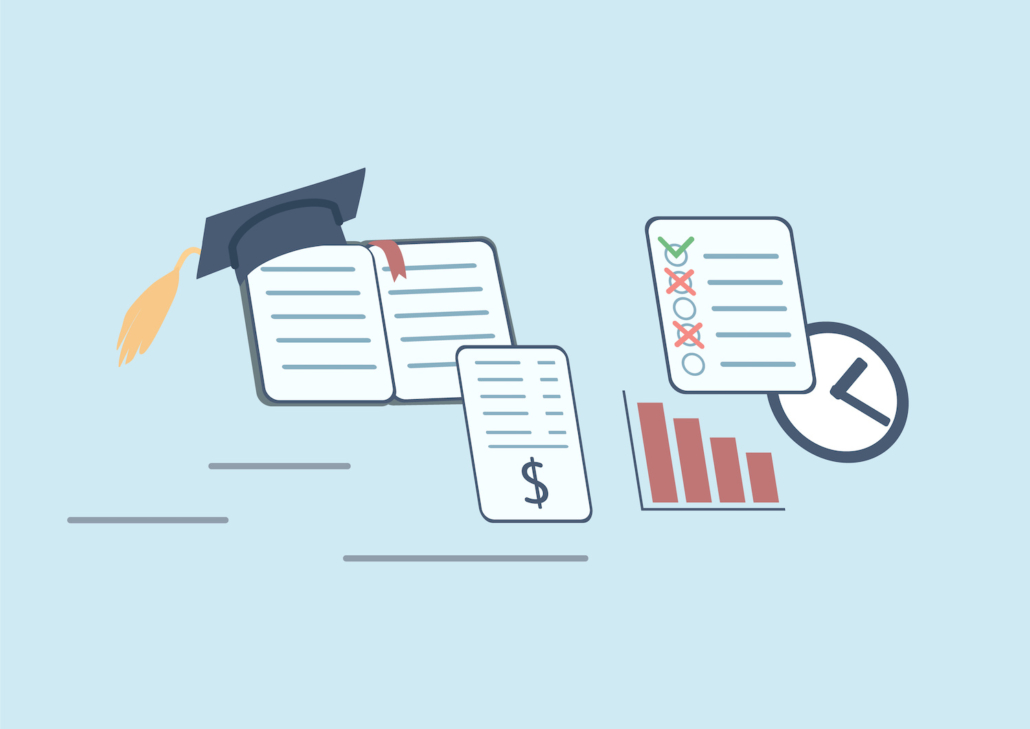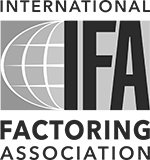Refresher: What is invoice factoring and how does it work?

Invoice factoring is a type of financing available to businesses that sell to other businesses on account — invoicing clients, usually with 30, 60 or 90-day terms.
For businesses who haven’t established a track record with a major lender yet, or who don’t fit traditional bank lending qualifications, invoice factoring is a way to get faster access to working capital.
How does invoice factoring work?
After you establish payment terms and issue invoices to your customers, you may be left waiting to receive payment. Instead of waiting the full term, you can receive upfront payment from your invoice factoring partner, also known simply as a “factor.”
There are five key steps to the invoice factoring process:
- You sell products & services to your customer
- You sell your invoices to your factoring partner
- Your factor sends you the funds minus the reserve
- Your factor then will wait the required time to collect payment from your customer
- Your factor refunds you the reserves minus discount fee
Aside from improving cash flow, a major benefit of this invoice factoring process is that your factor will assume, manage and collect the financed debts for you. A good partner will also provide transparent, accessible reporting to keep you up to date on the process.
Learn more about invoice factoring
Access these resources and articles to brush up on the ins and outs of invoice factoring.
- How invoice factoring works
- Does my business qualify for accounts receivable factoring?
- Factoring & Purchase Order Financing Combine To Build A Distributor’s Business
- What To Do When A Financial Institution Breaks Up With You
At Liquid Capital, we understand what it takes for small, medium and emerging mid-market businesses to succeed – because we’re business people ourselves.
Our company is built on a network of locally owned and operated Principal offices, so whenever you’re talking to Liquid Capital, you’re talking directly to your funding source — and a fellow business person.




